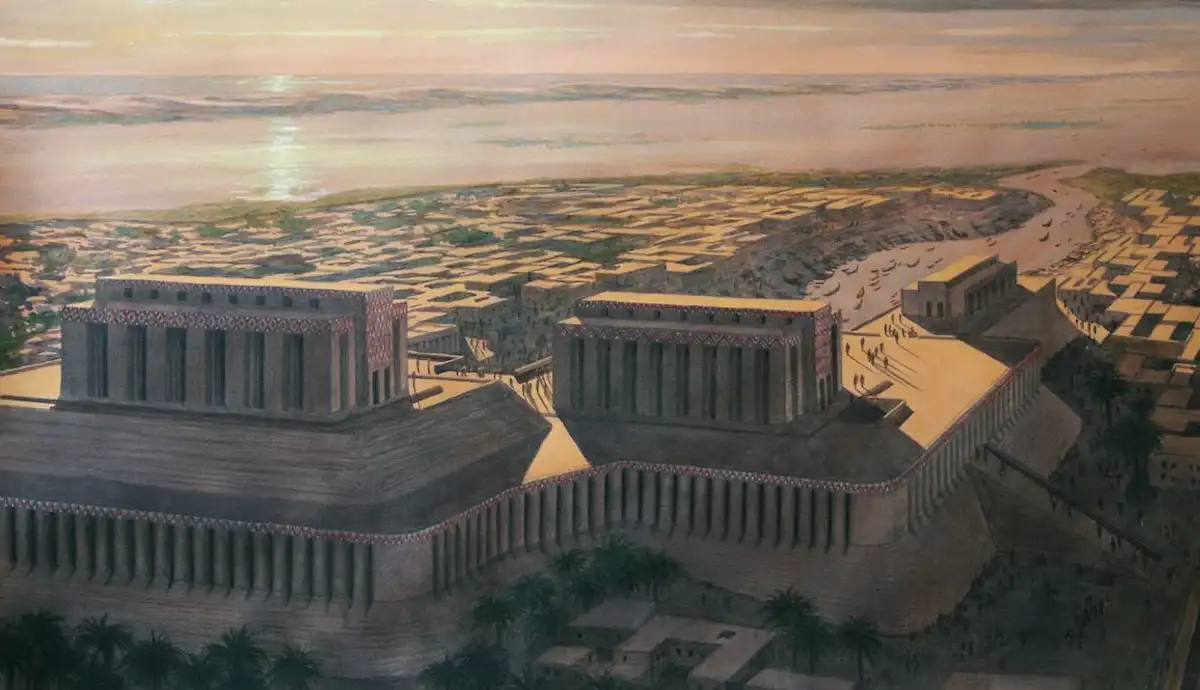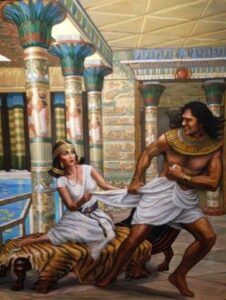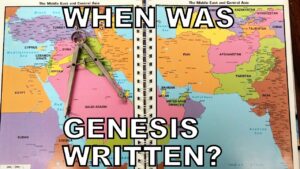The Bible provides us with fascinating insights into the early days of human civilization. According to Genesis, Cain, the first son of Adam and Eve, became infamous for killing his brother Abel. After committing this grave sin, Cain fled and settled in the land of Nod, east of Eden. There, he is said to have built a city. This blog will explore Cain’s journey, the significance of his actions, and the origins of the first city, all while ensuring that our content is SEO-friendly and engaging.

Cain: The First Son of Adam and Eve
Cain, known as the firstborn son of Adam and Eve, carries a significant and complex legacy. His story is primarily recorded in Genesis 4:1-17. Cain was a farmer, while his brother Abel was a shepherd. Out of jealousy and anger, Cain killed Abel after God favored Abel’s offering over his own. As a result, Cain was cursed and marked by God, ensuring that no one would kill him as he wandered the earth.
The Land of Nod and Cain’s City
After being cursed, Cain traveled to the land of Nod, which means “wandering” in Hebrew. It was in this region, east of Eden, that Cain began a new chapter in his life. Genesis 4:17 states, “Cain knew his wife, and she conceived and bore Enoch. Cain was then building a city, and he named it after his son Enoch.” This city is considered the first recorded instance of urban development in the Bible.
Who Built the City?
While the Bible credits Cain with building the first city, it raises intriguing questions about the broader context of early human society. If Cain was the only human outside his immediate family, how did he build a city? This has led to various interpretations and theories among scholars and theologians. Some suggest that other descendants of Adam and Eve, not mentioned explicitly in the Bible, may have assisted him. Others propose that the term “city” may have referred to a smaller, simpler settlement compared to modern urban centers.
Significance of Cain’s City
Cain’s city represents a pivotal moment in biblical history. It marks the beginning of human civilization and the establishment of settled communities. Despite his sin, Cain’s actions laid the foundation for future generations to develop agriculture, architecture, and social structures. This narrative underscores the complexity of human nature, capable of both sin and creation.
Modern Interpretations and Lessons
- Symbolic Meaning: Cain’s story and the building of the city symbolize human progress despite moral failings. It reflects the duality of mankind’s capacity for both destruction and innovation.
- Theological Insights: From a theological perspective, Cain’s journey teaches about the consequences of sin and the possibility of redemption and productivity even after grave mistakes.
- Historical Context: While the literal details of Cain’s city remain debated, the story aligns with archaeological findings that suggest early humans formed settlements and communities, laying the groundwork for civilization.
Conclusion
The tale of Cain and the first city offers profound insights into the origins of human society and the complexity of human behavior. By examining this biblical narrative, we gain a deeper understanding of the interplay between sin, punishment, and progress. Cain’s story, despite its tragic elements, also speaks to the enduring human spirit and the capacity to build and create, even in the face of adversity.








